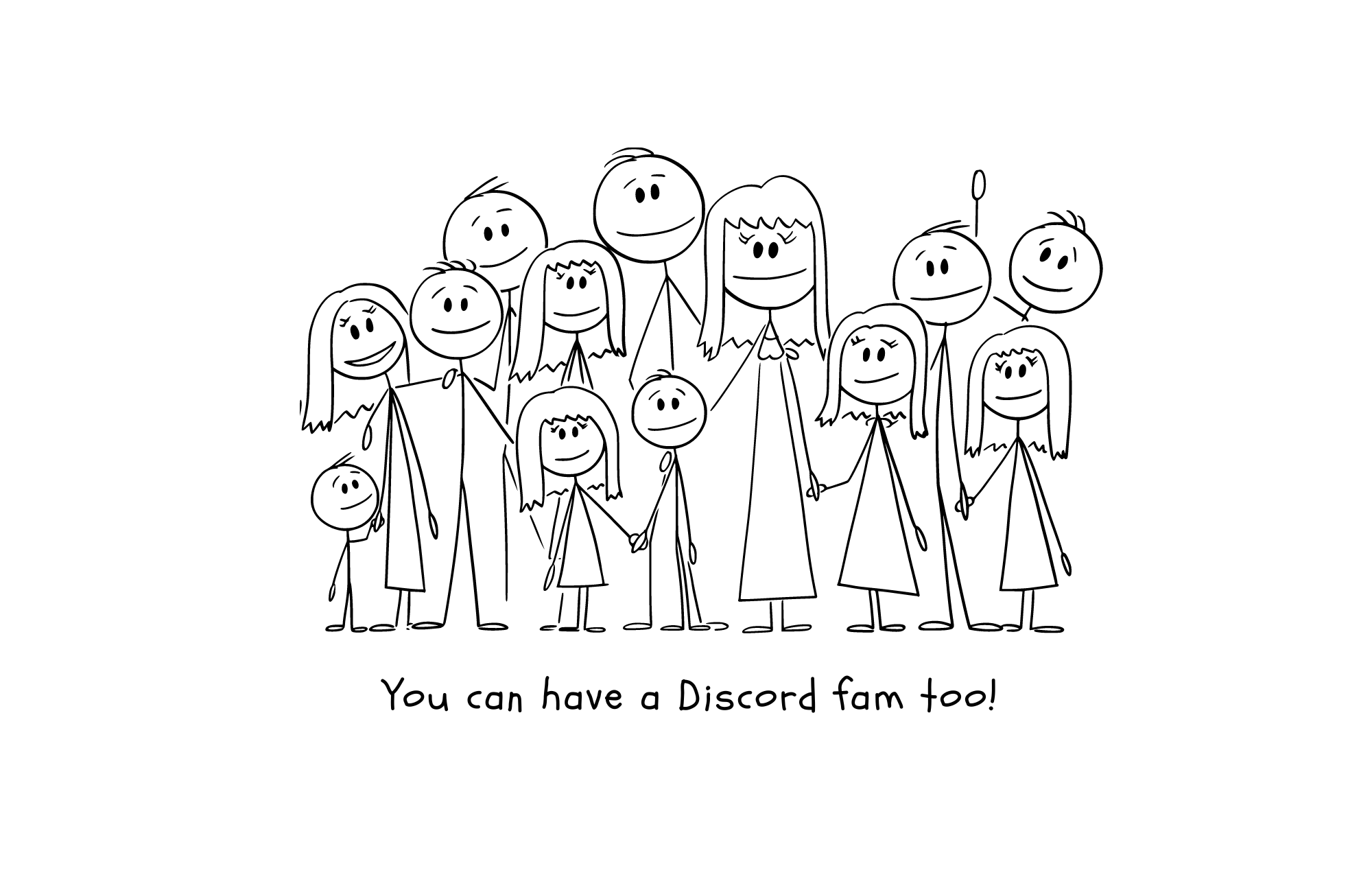From Founders to Founders: Embrace Your Communities

Managing a Discord server as a founder can be both rewarding and challenging. Having been Twitch streamers and managers of smaller, non-commercial Discord servers, we’ve learned a lot about community management. While we often feature how other founders manage their Discord, here are some insights on how we manage our Discord and why embracing your community is crucial.
Everyone can Fall in Love with Their Community
Both me and our CTO have been deeply involved in our Discord since launching our new feature, Hype Engine. Previously, our CTO focused solely on product development while a moderator handled support tickets. Now, our first task each day is to check Discord messages, a behavior shift aided by our new AI feature.
However, the catch is that my co-founder and I are polar opposites in personality. He is a lurker, rarely posting but gaining significant engagement when he does. I, on the other hand, love to chat about anything and everything. Despite our differences, we both cherish our community. We believe that no matter whether you are an introvert or extrovert, everyone can learn to fall in love with their community.
The Importance of a Support Network
Every founder needs a support network, regardless of personality type. A strong community can be as valuable as celebrity status. Engaging with your community can become addictive, even if you initially think it’s a waste of time as most of the members cheer you on. Many YouTubers spend extraordinary amounts of time with their communities, and for good reason.
Building a Healthy, Commercial Community
When we started engaging more with our members, I worried we were spending too much time having fun. However, our active participation led to users reaching out to try our new product. We even had superfans promoting our bot on other servers without us asking.
A healthy community is one where members care for each other. If your community shifts from technical support to personal conversations, celebrate it. It means people feel comfortable seeking help and sharing their lives.
Onboarding Users into Your Product Journey
We involve our members in a lot of the decisions, from button colors to reward systems. While we don’t rely on them to make final decisions, their input is invaluable. They often provide insights we hadn’t considered and are our biggest critics, offering honest feedback that helps us improve.
Sharing Your Struggles
Recently, our bot’s adoption by highly engaging communities maxed out our server, disrupting workflow for other users. We worked tirelessly to fix it, and while most users didn’t notice the changes, we shared our progress and feelings with our community. The support we received was overwhelming. Your members can’t solve your problems, but they can offer moral support.
Your Community Reflects You
After a successful marketing campaign, we noticed that our most active members were developers, just like us. Your early members often reflect your own interests and background, creating a community that feels familiar and supportive.
Making Community Engagement Sustainable
There were days when I spent entire afternoons on Discord, which wasn’t sustainable. Eventually, I found a routine: checking in before starting work, keeping an eye on the server throughout the day, and chatting during breaks. Our CTO also found his own balance. A strong community will carry the spirit of the server even when you’re not around.
Avoid Inorganic Scaling
In the web3 space, there’s pressure to grow quickly, but scaling too fast can be detrimental. We weren’t ready for a sudden 3x growth, and it showed. A strong foundation is crucial; without it, you risk losing new members who might have otherwise loved your community.
Initially, don’t worry about the size of your Discord. Treat each new member as a real person, make them feel comfortable, and create a safe space for hanging out and chatting. Now when new users join, our core members greet them warmly, making our Discord feel unusually welcoming. This approach has encouraged even lurkers to start participating.
Building and managing a community takes time and effort, but the rewards are immense. By embracing your community, involving them in your journey, and creating a supportive environment, you can foster a thriving, engaged group that supports your product and each other.
